About Us
Who We Are
Building a Better World, One Project at a Time
For over five decades, we’ve been at the forefront of transforming the built environment to be more energy efficient, accessible, healthy, and resilient. We elevate industry standards and pioneer best practices that result in buildings that are not just structures, but living, breathing assets to their communities.
Partnering with architects, developers, owners, and project teams, we seek opportunities with unique challenges, first-of-a-kind projects, and buildings that strengthen their surrounding environment. Our consultants are continuously learning so we can create better buildings for our partners, people, and the planet.

OUR MISSION
To Improve
the Built Environment
Our mission is to positively impact people and the environment by improving building performance. Our world is not as sustainable, healthy, equitable, or inclusive as we believe it should be. We continually strive to develop and implement innovative solutions to improve the built environment.
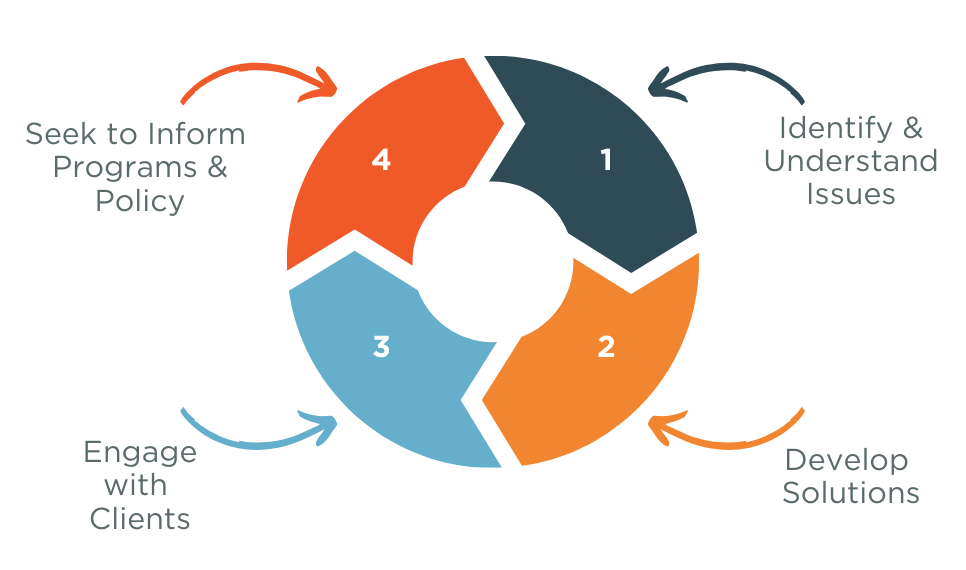
Staff Credentials
48
Energy & Engineering Certifications
47
Green Building Rating & Verification Program Accreditations
13
ICC Certified Accessibility Inspector/Plans Examiners
26
Passive House Certifications

SWA is proud to be 100% employee owned. We offer an equitable path for all employees to receive ownership in our company.
Some of Our Clients and Partners…
Clients




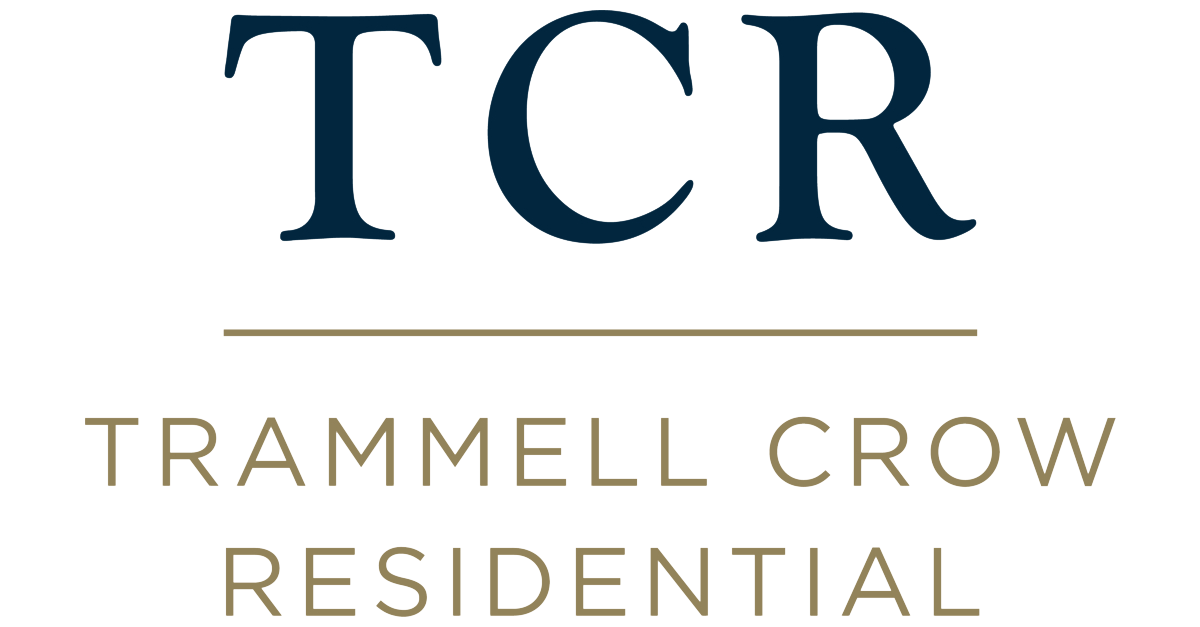


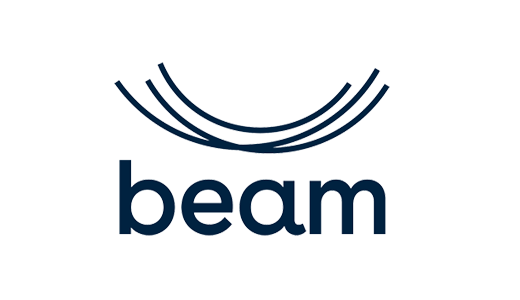





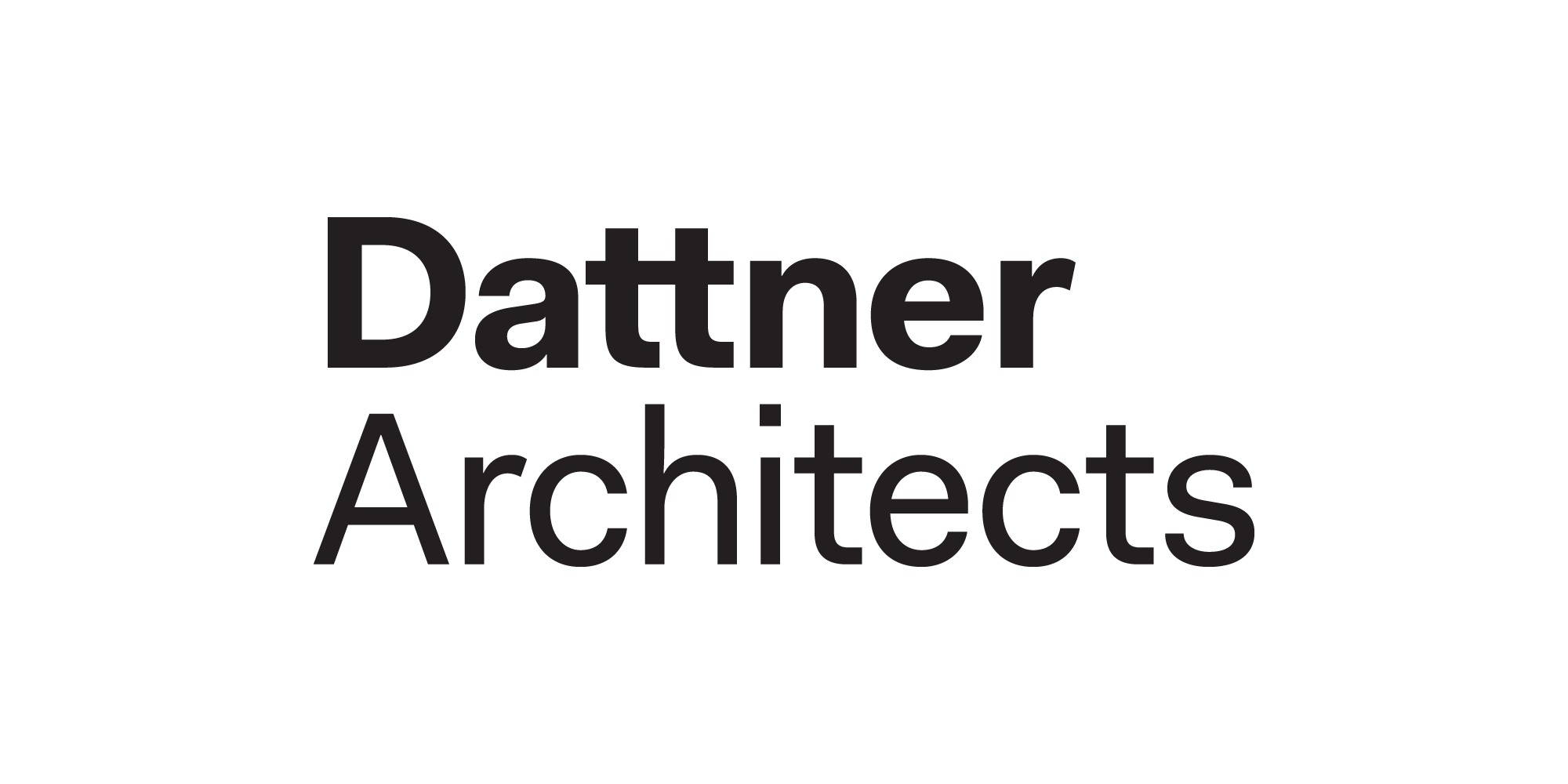
agencies AND partners













AWARDS
Recent Project Awards
We are proud to be recognized for our industry leadership and contributions to notable projects.

Embodied Carbon Reduction Challenge 2024

2024 ENERGY STAR Residential New Construction Market Leader Award

AIANYS 2023 Excelsior Award

2023 NGBS Green Partner of Excellence
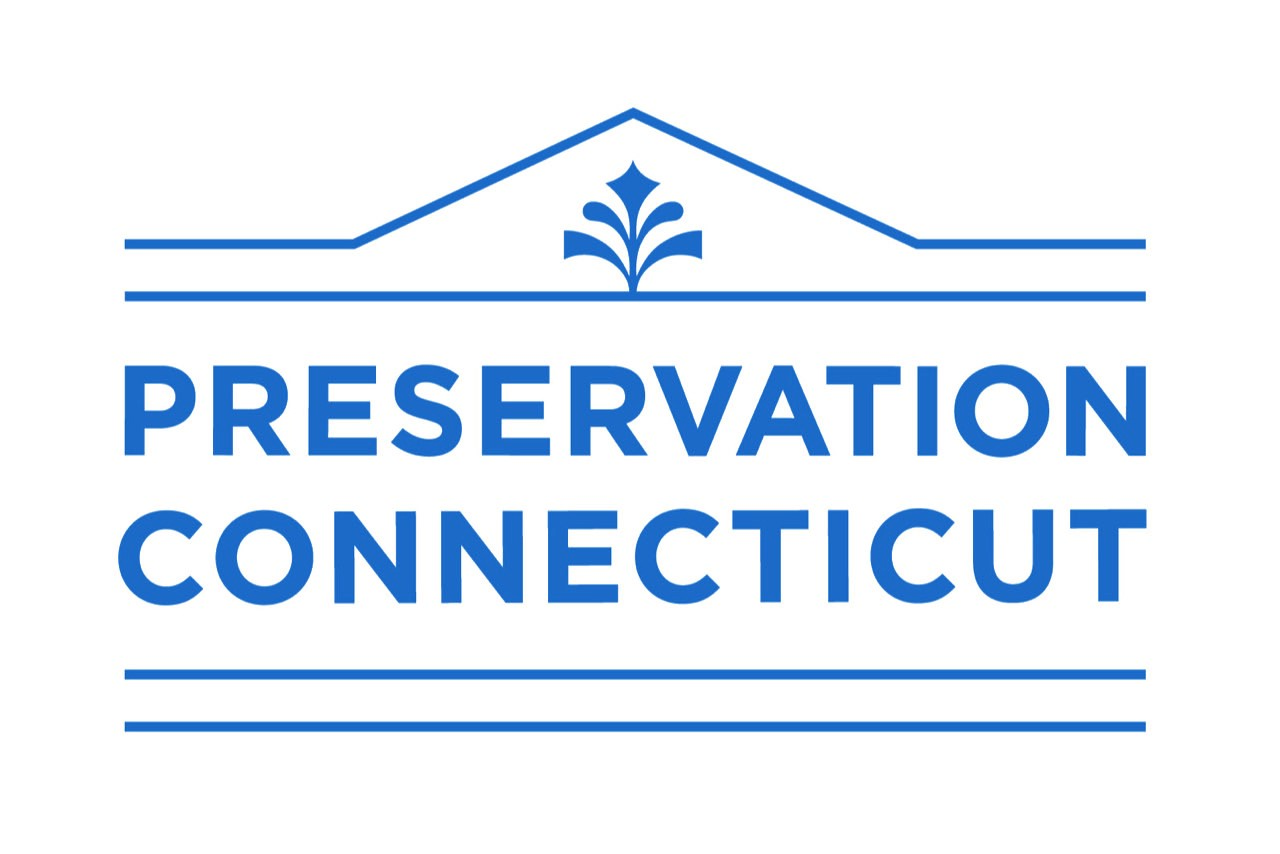
2023 Connecticut Preservation Award

Buildings of Excellence
HISTORY
Our Past Shapes Our Future
In 1972, the sustainability industry as we know it today did not yet exist. Steven Winter, along with many dedicated staff, helped to pioneer a sector rooted in building performance that has had a global impact.
Steven Winter Launches Firm
Architect Steven Winter launched a building systems consulting firm from his New York City apartment to help address how inefficient buildings were in their design and construction methods.
SWA Signs on for HUD Research First Contract with HUD
SWA was awarded its first research contract from the U.S. Department of Housing and Urban Development (HUD), beginning our decades-long partnership with HUD.
SWA Publishes Its First Book
“The Passive Solar Construction Handbook: Featuring Hundreds of Construction Details and Notes, Materials Specifications, and Design Rules of Thumb,” was originally developed by SWA for the U.S. DOE. Though it focused on passive solar design for heating and cooling single-family homes, many of the techniques could be adapted for other building types.
SWA Opens DC Office
SWA signed a lease for its first DC office after numerous projects involving government agencies and trade associations had already been bringing SWA staff to the District.
SWA’s Accessibility Work Begins
Following the passage of the Fair Housing Act (FHA), SWA led a study for HUD to understand the costs associated with building housing in compliance with the FHA – concluding that it did not come at an excessive cost when accessibility was considered from the start of the design process.
SWA Moves to Norwalk
In 1992, the U.S. economy was in a recession. Although much of SWA’s work at the time was not dramatically impacted by the downturn, SWA relocated its main office to Norwalk, CT to mitigate costs. SWA expanded back into New York City a decade later in 2002, but the firm’s headquarters never left Connecticut.
SWA Joins Building America
Building America, the initiative to develop more energy efficient, affordable, and resilient housing throughout the U.S., was launched in the ‘90s by the U.S. DOE and the National Renewable Energy Laboratory (NREL). SWA was selected to lead one of Building America’s original teams and continues to provide research services for the program three decades later.
Steven Winter Appointed Chair of USGBC
The U.S. Green Building Council (USGBC) was established in 1993, and soon after, Steven Winter was appointed as chairman. He served from 1999 to 2003, during which time, he helped launch the Leadership in Energy and Environmental Design (LEED) green building program as well as the annual international Greenbuild conference and expo.
SWA Helps Finalize Inclusive Design Guidelines for NYC
SWA served as the technical reviewer for New York City’s Inclusive Design Guidelines published by the Mayor’s Office for People with Disabilities and the International Code Council. The guidelines were updated in 2017 and are still in use today.
SWA Becomes Employee Owned
Starting in 2011, SWA transitioned from a sole-proprietorship to fully employee-owned, allowing staff to buy shares in the organization and become partial owners. In 2024, we launched a stock incentive plan that offers an equitable path for all employees to receive ownership in our company.
SWA Works on World’s Tallest Passive House Building
The firm joined the project team for The House at Cornell Tech, which would become the tallest Passive House-certified building in the world upon its completion. SWA served as the Passive House consultant, green building certifier, commissioning agent, accessibility consultant, and energy modeler.
Buildings + Beyond Podcast Releases First Episode
SWA launched the Buildings + Beyond podcast to help our community stay informed about industry news, trends, and best practices. The podcast has featured interviews with a wide range of experts in our field, all exploring how we can create a more sustainable built environment by focusing on efficiency, accessibility, and health.
SWA Opens Boston Office
After many years of providing services to the region, SWA officially opened a new Boston office. The new location was necessitated by an increasing demand for high-performance construction and decarbonization born from new construction codes and mandates in Boston and throughout Massachusetts.
